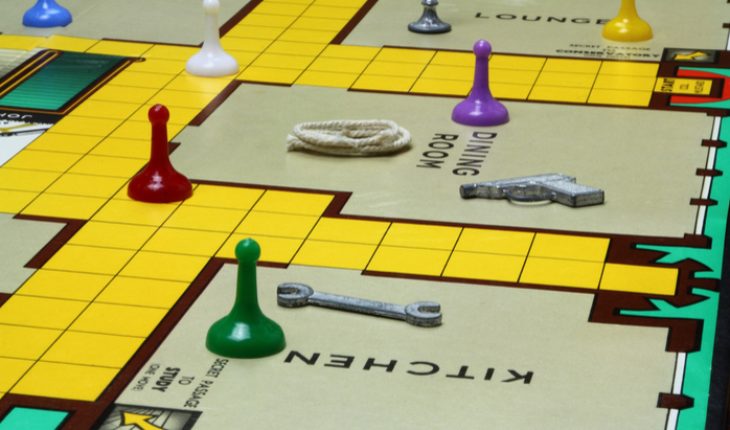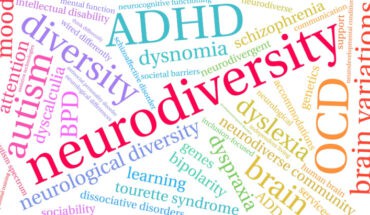Murderers can’t control the subconscious body language which conveys their guilt. ‘Even the most confident, hardened killers can give themselves away with tiny signs and gestures from the face, body and voice that suggest that they are lying,’ explains Cliff Lansley, a behavioural scientist. ‘The key is to know what you are looking for – the reliable indicators of deception.’
Lies can be detected through anomalies in what someone actually says, but the spoken word is only a small part of the puzzle.
Lies can be detected through anomalies in what someone actually says, but the spoken word is only a small part of the puzzle.
‘Much of our communication as human beings is non verbal and the truth can leak as subconscious signals from our body, face and voice when we tell lies,’ explains Lansley, who is training staff in international intelligence and security agencies such as the US Department of Homeland Security through the Emotional Intelligence Academy he established in the UK, US and Belgium.
This is supported by a groundbreaking study conducted in 1971 by social psychologist Professor Albert Mehrabian of the University of Los Angeles, body language accounts for 55 per cent of the meaning in someone’s message relating to communication of their feelings and attitudes. Around 38 per cent comes from the tone, pitch and pace and just seven per cent comes from the actual words.
Vocal inflections, a momentary grimace last 1/25th of a second or a change in blinking rate can all tell a tale to experts who know what to look for.
Facial expressions are for the most part under our control, but they can still betray subterfuge. ‘Facial expressions that are held too long or used inappropriately may flag up deception. Muscles should work together, so a genuine smile should include the eyes as well as the corner of the mouth and the movement should be symmetrical, says Lansley.
Eye contact is a powerful signal of honesty – or deceit. It’s one of the first things that give us a good impression of someone, or makes us dislike them from the start. Someone who can’t look you in the eye is often considered shifty and unreliable.
Eye contact is a powerful signal of honesty – or deceit. It’s one of the first things that give us a good impression of someone, or makes us dislike them from the start. Someone who can’t look you in the eye is often considered shifty and unreliable.
However, the truth is actually more complicated, according to Lansley. ‘Studies show that maintaining eye contact while telling an account is actually a stronger indicator of deception than looking away, since this suggests someone is checking to see if they are being believed.’
No conclusions should be drawn without a baseline to draw comparisons. Cliff Lansley says that the beginning of an interview of a suspect should always be used to work out what is ‘normal’ for a person who is not under pressure and feels comfortable. ‘We talk about things that are safe and true, such as their family, skills, education and hopes and dreams. During that period, we note how often they blink, the normal colour of their skin, their speech rate and how they maintain eye contact. Later on, when the real questioning begins, we can assess changes to these normal baseline patterns to assess discomfort, stress and lying.’
Police interviewers are now increasingly trained to question a suspect in such a way as to reveal their innermost feelings and thoughts. It’s not always easy – killers who have got away with a crime or crimes become very confident and sure of themselves. They may not show the typical nervousness you would expect. Psychopaths, which may include Ian Huntley, have little or no remorse. Professor Dawn Archer, Professor in Pragmatics and Corpus Linguistics at Manchester Metropolitan University in Preston, says of Huntley: ‘This is someone who has got away with lying and being abusive for a long time. And I think that people who get away with that kind of behaviour believe they won’t be caught. So they have a certain level of confidence,’
- Biden Declines Second Term: Health Concerns - 23rd July 2024
- New catheter coating stops bacteria cells from swarming - 10th June 2024
- AI-designed catheters could dramatically reduce urinary tract infections - 10th June 2024







